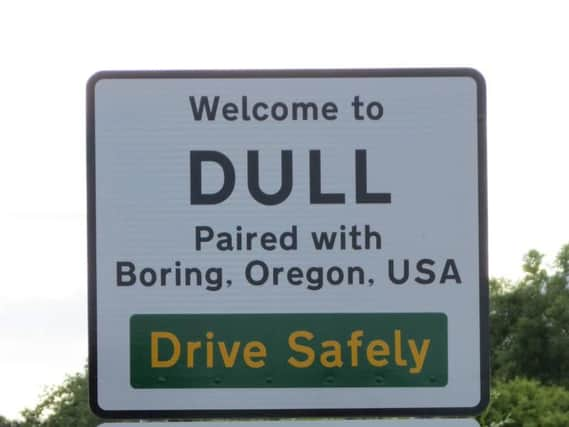From Dull to Rum: 17 weird Scottish place names and their origins
Scotland is home to many unusual sounding places, but what are their origins?


From Brokenwind to Hell, Dull and Hothole, these place names were often derived through humour, legend and hardship. Here we look at a selection of Scotland’s oddest place names - and how they came about.